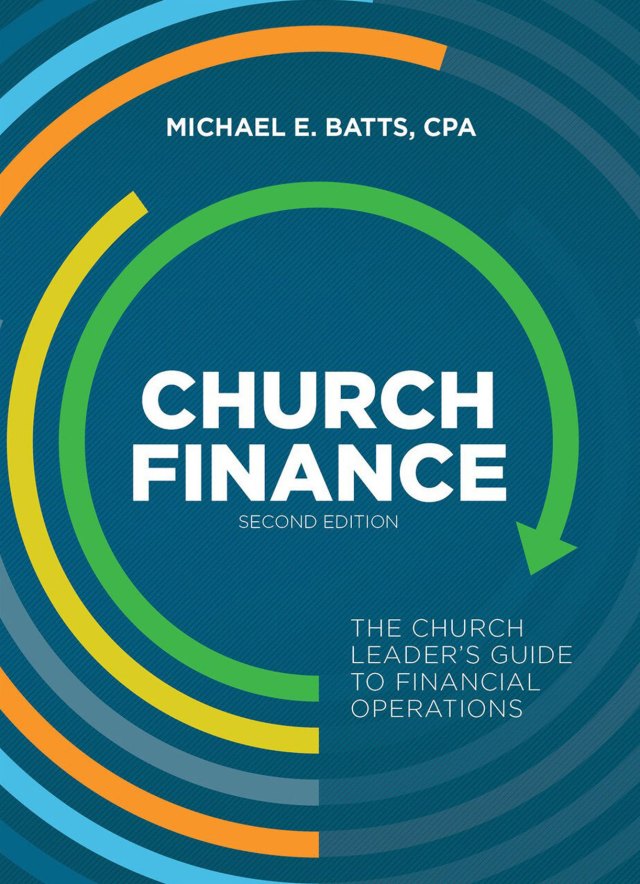Editor’s Note: In early June, Congress nearly unanimously passed the Paycheck Protection Program Flexibility Act (“Flexibility Act”), and on June 5, 2020, President Trump signed it into law. The legislation modifies several key provisions of the CARES Act, and this article has been updated accordingly. Readers are also strongly encouraged to read Batson’s new article on the Flexibility Act to ensure they understand what has changed as a result of the new legislation.
Additionally, Congress passed another bill—which President Trump signed on July 4, 2020—that extends the deadline for PPP loan applications to August 8, 2020. Unfortunately, it’s not yet clear what the new application deadline means for the various dates and deadlines associated with the program, but future guidance from the Treasury Department and SBA should shed light on any changes resulting from the extension. A forthcoming article from Batson will further address the extension.
The Coronavirus Aid, Relief, and Economic Security (CARES) Act creates a new Paycheck Protection Program administered by the US Small Business Administration (SBA). The program is designed to provide small employers, including nonprofits and churches, with immediate access to cash to allow them to survive the disruption caused by the COVID-19 pandemic. More details about the program can be found here, but keep in mind the significant opportunity this program presents in the midst of the economic uncertainty caused by the outbreak. Participating employers initially receive loans administered over a 24-week period; when that period concludes, the loans convert into grants if certain criteria are met.
The application form is now available from the US Department of Treasury. This article explains how church leaders can navigate the unfolding application process for the program. Churches and nonprofits with fewer than 500 employees will want to work quickly with a SBA-approved lender to submit their applications.
Key Loan Features
PPP Loans will carry an interest rate of 1 percent and have a five-year maturity. At least 60 percent of the loan eligible for forgiveness must be used for payroll costs.
How is the loan amount calculated?
The loan amount is calculated using a formula that multiplies the church’s average monthly payroll by 2.5 times. Churches will calculate their average monthly payrolls by determining the sum of average monthly payroll costs from the prior one-year period (preceding the date of the loan) divided by twelve. The costs to include:
- Salary, wages, commissions, or other similar compensation;
- Payment of cash tips or their equivalent;
- Payments for vacation, parental, family, medical, or sick leave;
- Any allowance for dismissal or separation;
- Payments for group health care benefits, including insurance premiums;
- Payment of any retirement benefit;
- Payment of any state or local tax assessed on employee compensation; or
- Employer-paid state and local payroll taxes.
Payroll costs do not include:
- Compensation in excess of $100,000 paid to any one individual;
- FICA tax, Medicare tax, RRTA tax, or federal unemployment tax;
- Compensation to an employee whose principal place of residence is outside the United States; and
- Any qualified paid leave or sick leave for credit allowed under the Families First Coronavirus Response Act (FFCRA)—the Family and Medical Leave Act expansion enacted by Congress prior to the CARES Act.
What other criteria must a lender consider when evaluating a Paycheck Protection Loan applicant?
The CARES Act identifies a number of criteria lenders must consider to determine if an applicant is an eligible borrower. These factors include:
- Whether the applicant was in operation on February 15, 2020; and
- Whether the applicant had employees for whom it paid salaries and payroll taxes or paid independent contractors as reported on Form 1099-MISC.
In addition, an applicant must make a good-faith certification that:
- The loan is necessary to support the applicant’s ongoing operations due to the uncertainty of current economic conditions;
- The loan proceeds will be used to retain workers and maintain payroll, or to make mortgage payments, lease payments, and utility payments;
- The applicant has no other Paycheck Protection Loan Application pending; and
- During the period beginning February 15, 2020 and ending December 31, 2020, the applicant has not received Paycheck Protection Loan proceeds for the same purpose and duplicative of amounts applied for or received under another Paycheck Protection Loan.
What documentation should churches prepare to produce with their applications?
- The number of employees they employed as of February 15, 2020 (simply add full-time and part-time employees together—no full-time equivalency is used for this);
- The pay rates for those employees;
- Prepared thoughts regarding the good-faith certification your church will make; and
- Prepared forecast of amounts your church will spend on payroll costs, mortgage interest payments, rent payments, and utility payments during the covered period following the origination of the loan.
Other Loan Features
Paycheck Protection loans are 100-percent guaranteed by the federal government. They do not require personal guarantees or collateral. No prepayment penalty may apply. They are made by and administered by banks, savings and loans, and credit unions.
What else should you know?
This is a complex loan program. Expect the SBA and lenders to be flying blind for several weeks as the application process is designed, forms are created, and regulations and other guidance are created.
We received a loan—now what?
Your church will want to take several steps to ensure it properly tracks and documents the use of the funds. It also should know the steps it will need to take to have the loan forgiven, and how your lender will evaluate the criteria necessary for loan forgiveness. Follow-up articles will provide more details.





